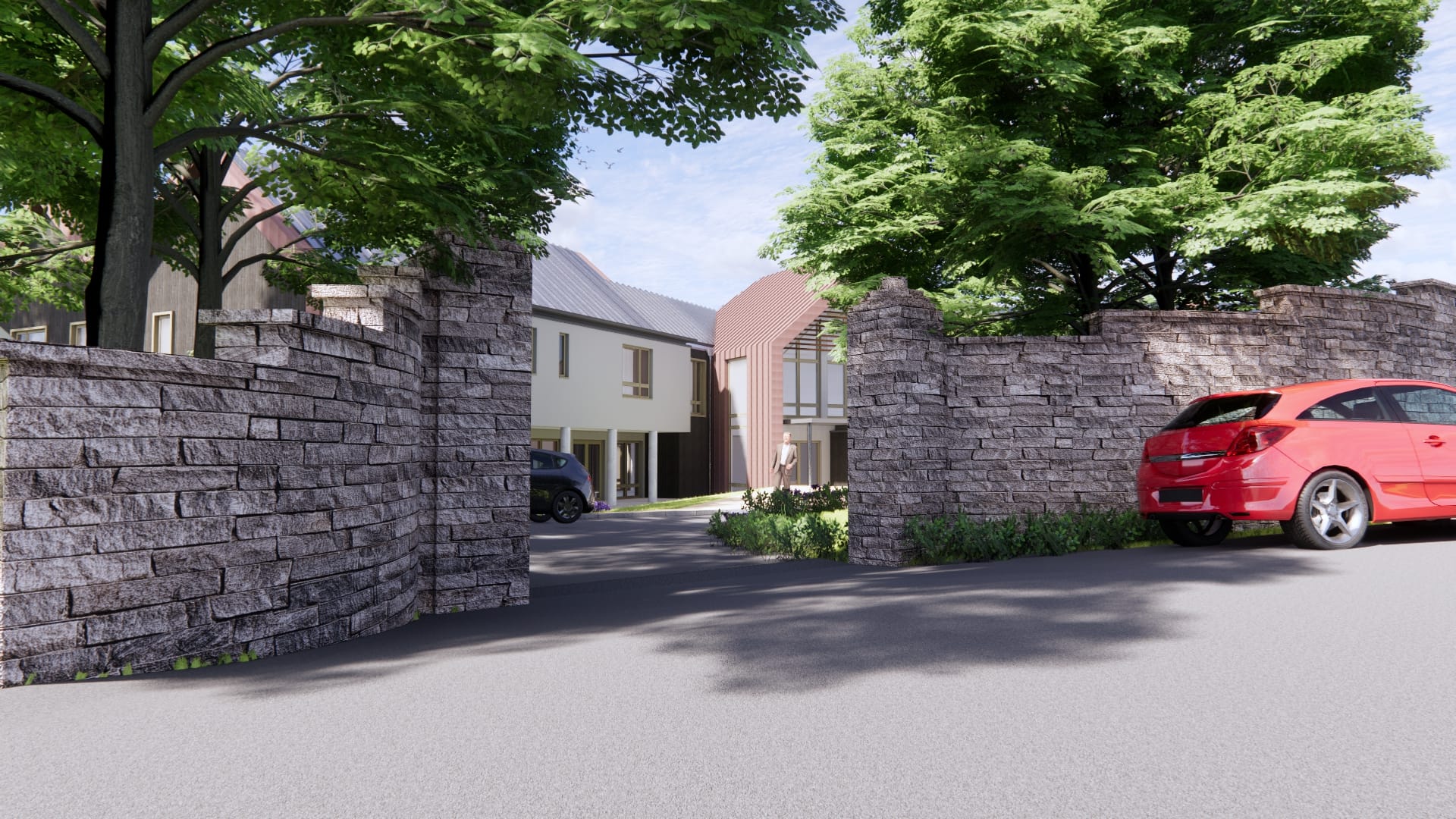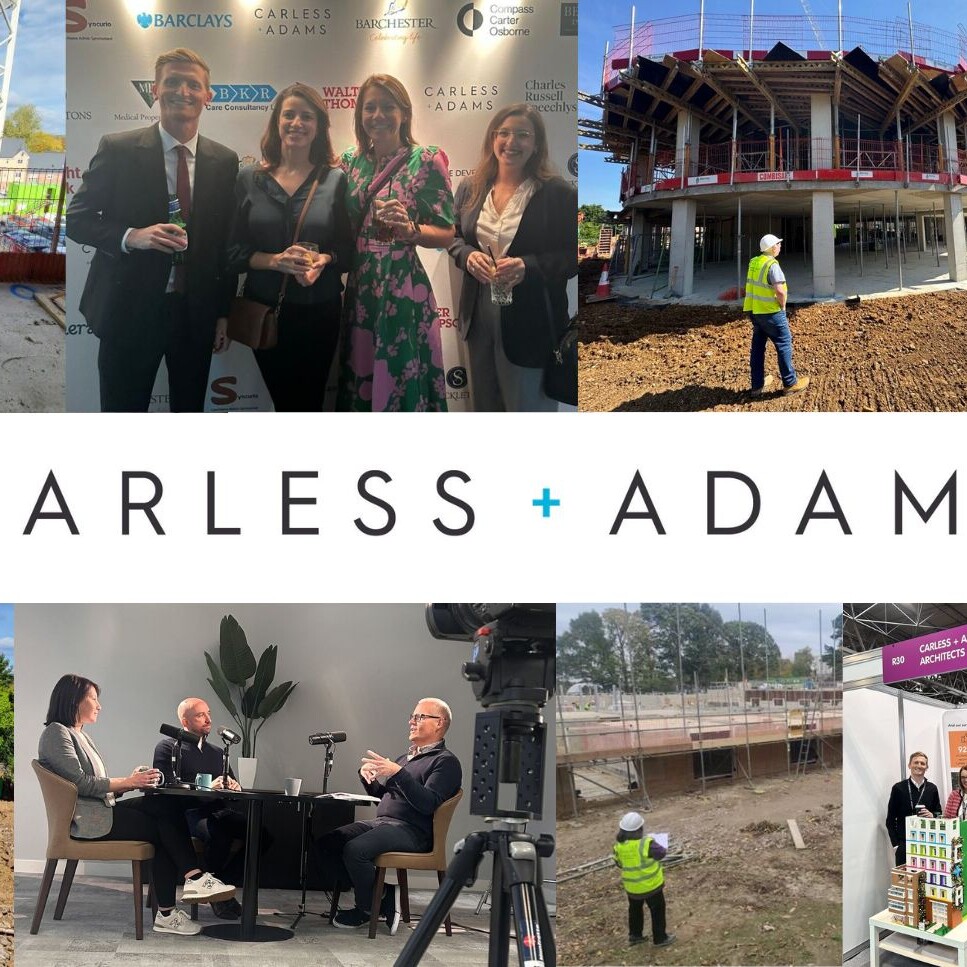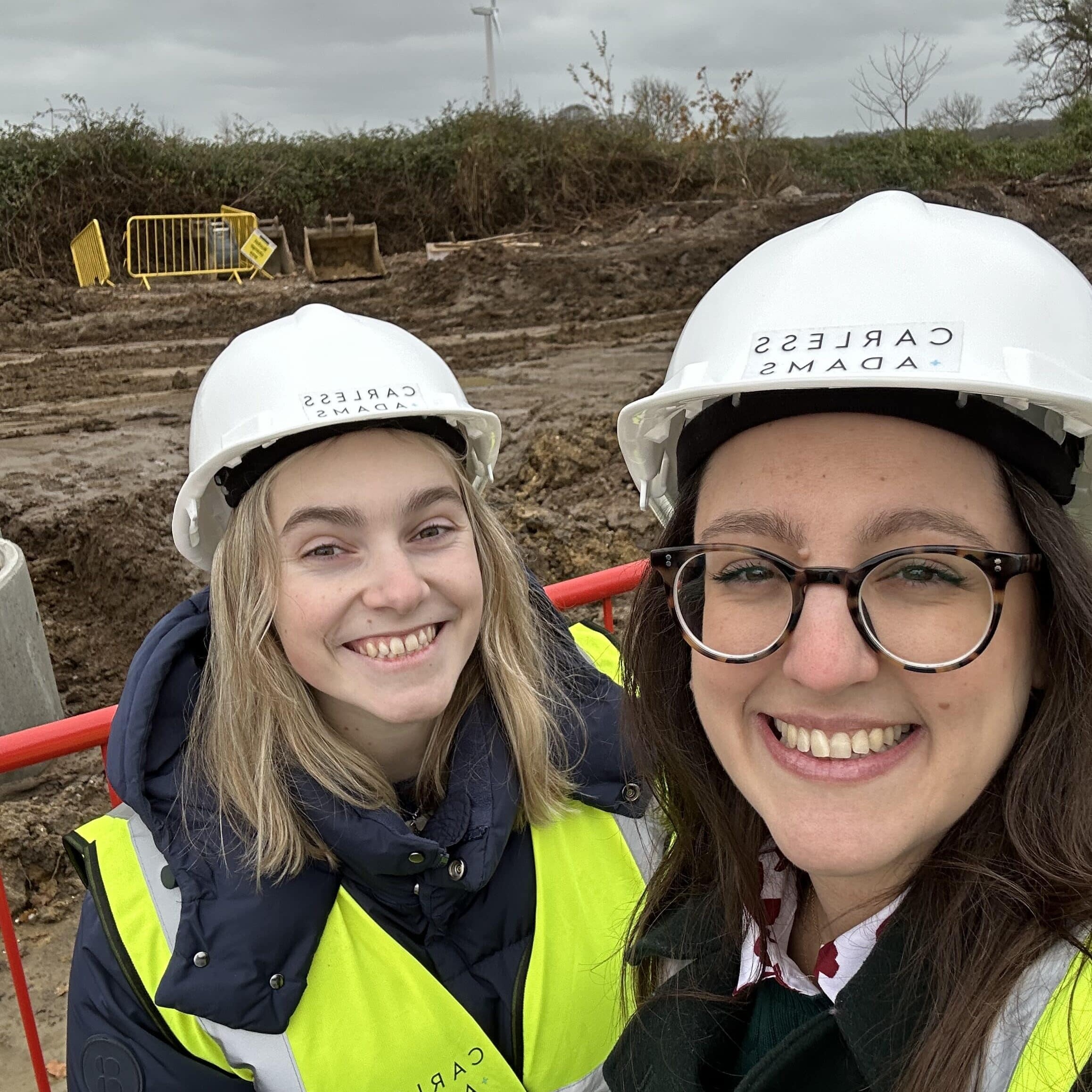The Health Benefits of Sustainable, Efficiently Designed Care Homes
Carless + Adams discuss the Governments Greener Homes Grant and how sustainable and efficient design has direct benefits linked to health.
Last month saw the introduction of the Greener Homes Grant, a Government scheme aimed at helping homeowners upgrade their homes and ultimately save money on energy bills. The grant will subsidise up to two thirds of home improvements up to £5000, and in certain cases fund up to £10,000. These improvements will look to upgrade the energy efficiency of thousands of homes, and more importantly, help ensure people can afford to keep their homes warm throughout the year. If people are successful in acquiring the grant and finding available tradespeople to carry out the work by 31st March 2022 then this could prove to be a big step in the battle against fuel poverty and improving the energy efficiency of current homes. The push for more sustainable buildings fundamentally revolves around a cleaner and healthier planet, however the benefits go beyond that, with more efficient and better construction resulting in healthier and happier people too.
The health benefits should always be a factor when considering a design, but it is especially prudent when designing care homes and buildings for older residents. There are several areas of design that can influence the overall health of residents, but heating and insulation is a critical one. It has been found that there is a clear link between cold homes and chronic diseases such as cardiovascular and respiratory disease and rheumatoid arthritis. Not only are there these potential physical illnesses, but the impact on mental health is also significant, with evidence showing a strong correlation between improved heating and reduced levels of stress and depression. Fuel poverty and the effects of a winter without heating are mostly prevalent in individual homes where the owners are unable to pay the bills. However it is just as important that Supported Living and care home accommodation can effectively keep all areas of the building heated and damp free. This alone should drive a well-insulated building fabric, even before considering the benefits to cost and the environment.
Air quality is another area of a building’s performance that can be greatly influenced by quality of design. Ensuring a care home is airtight, but also well ventilated, will keep it at a comfortable temperature and damp free while still allowing a good flow of air. Keeping the air clear of contaminants and the walls free of mold and moisture can help reduce the triggers associated with respiratory conditions, something that is particularly important at this moment in time. Age UK highlights how those elderly living in their own homes can suffer as maintenance falls to themselves. Age UK states that ‘Covid 19 has exposed how vulnerable those with respiratory conditions can be, the same conditions that are caused and exacerbated by cold and damp homes.’ Good construction is fundamental to keeping these contaminants and external pollutants at bay, however there are other ways to mitigate the risks that have their own benefits. Increased vegetation such as green walls and sedum roofs are an attractive and environmentally friendly way of removing harmful particles from the air, while also improving the overall mental health of residents.
Two further aspects to consider, especially when looking at the mental wellbeing of care home residents, is lighting and acoustic performance. Natural light has always been a desirable feature of any building. Increasing natural light goes beyond aesthetics and has been found to help reduce headaches, depression and insomnia, and is vitally important for those that may find it hard to get out and spend a lot of time indoors. Larger windows and areas of glazing can help connect residents with the outside world, even from their bedrooms. While letting light in is positive, it is key to try keep noise out. Reducing noise pollution often goes hand in hand with thermal performance, but the acoustic performance of a building should be considered separately, especially in noisy built up areas. Much like lighting, keeping noise levels low can help battle stress and insomnia.
Sustainability has been, and will continue to be, a key design focus for Carless + Adams in all areas of construction in an effort to reduce the effect on the environment. Knowing that these design principles will have a positive effect on the health of any occupants should only fuel the desire to continue to innovate, especially within the care sector, providing the best possible indoor environments for the most vulnerable. It would be a struggle to find anyone that could argue a case against reducing our impact on the environment, and there is certainly no one that could argue against improving our health and happiness too.


